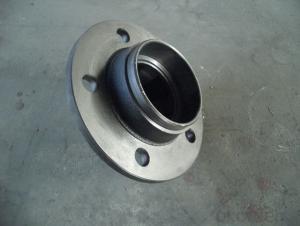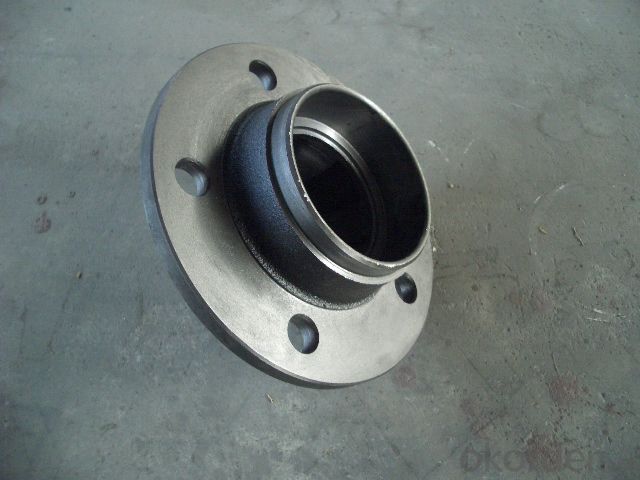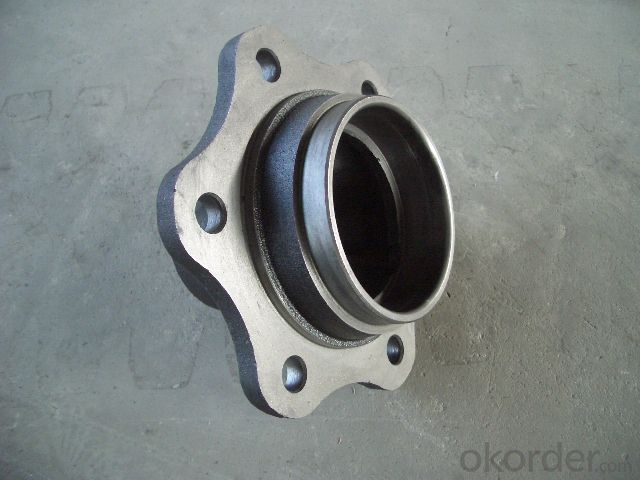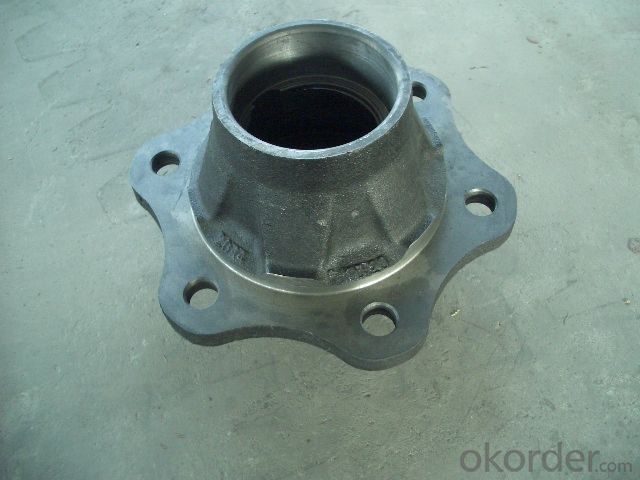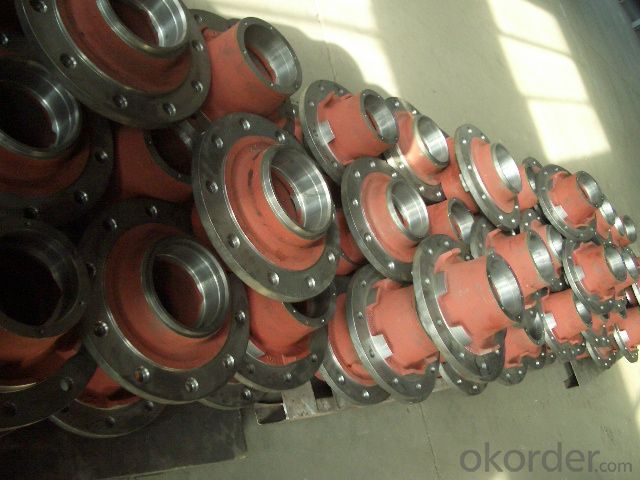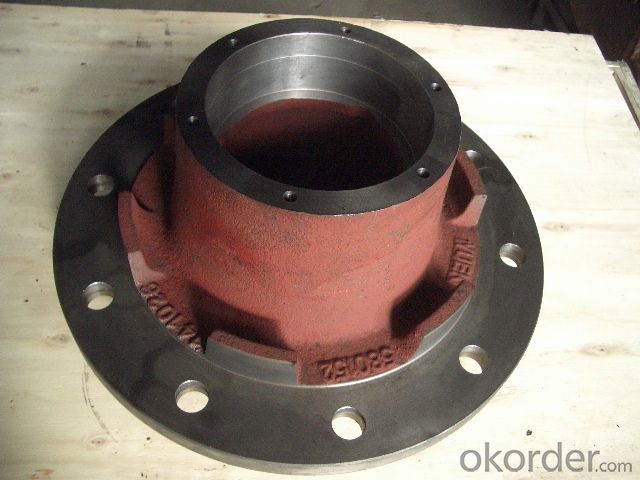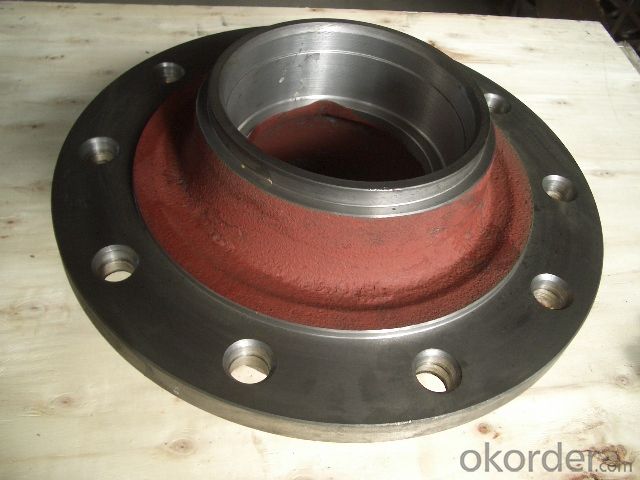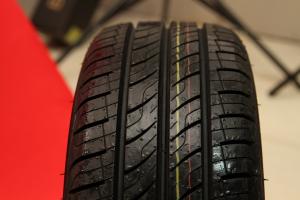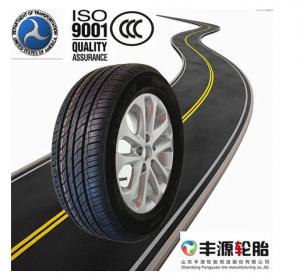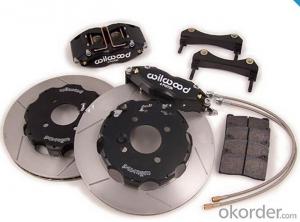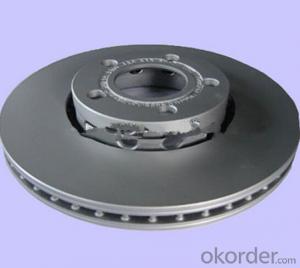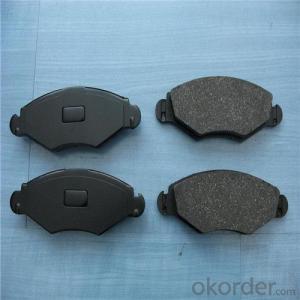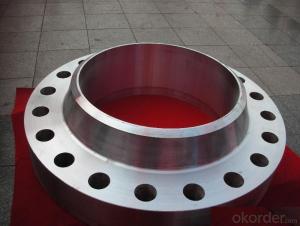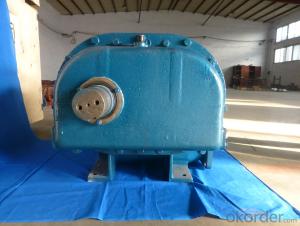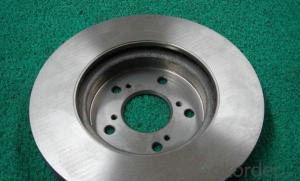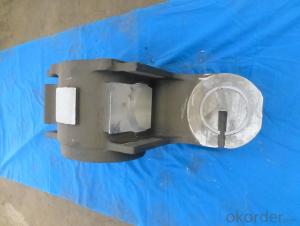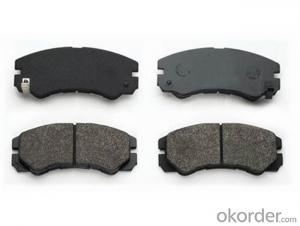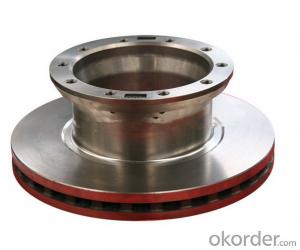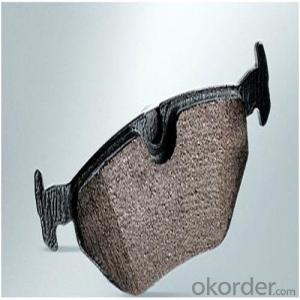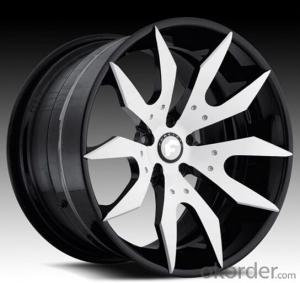Casting and Machining Hub Weight :5kg to 110 kg
- Loading Port:
- Qingdao
- Payment Terms:
- TT or LC
- Min Order Qty:
- 100 PCS
- Supply Capability:
- 8500 PCS/month
OKorder Service Pledge
OKorder Financial Service
You Might Also Like
OKorder is offering high quality Cast Automobile Brake Hubs at great prices with worldwide shipping. Our supplier is a world-class manufacturer of water glass lost wax investment casting and model forging both carbon steel and alloy steel, and one of the largest casting production bases in China. We have supplied more than 8000 tons of wheel hubs annually to European, North American and Asian markets. Additional OEM casting and forging services are available according to customer requirements.
The intended use of Cast and Machined Hub 5kg - 110kg
Our Cast and Machined Hub 5kg - 110kg are ideal for:
Automotive applications
Mining accessories
Construction machinery
Agricultural machinery
The advantage of Cast and Machined Hub 5kg - 110kg
Not only are OKorder's Cast and Machined Hub 5kg - 110kg of the highest quality and reliability, we are able to quickly ship orders within 20 days of receiving a deposit or original L/C. All products are shipped with ISO, SGS, BV, and CIQ certification as well as ASTM, AISI, DIN, BS and JIS standards.
Main features of Cast and Machined Hub 5kg - 110kg
Additional OEM casting and forging services available
Shipped within 20 Days
FAQ:
Q1: Why buy Materials & Equipment from OKorder.com?
A: All products offered byOKorder.com are carefully selected from China's most reliable manufacturing enterprises. Through its ISO certifications, OKorder.com adheres to the highest standards and a commitment to supply chain safety and customer satisfaction.
Q2: How are our Cast and Machined Hub 5kg - 110kg manufactured?
A: All of our products are lost wax castings, poured in both carbon steel and alloy steel to the highest tolerances.
Specifications:
Item: 4-10 Hole Brake Hub
Name: Brake Hub
Production Process: Water glass lost wax investment casting or model forging
Standard: ASTM, AISI, DIN, BS and JIS
Hub Max. Casting and Forging Size: 1m
Hub Casting Weight: 5kg - 110Kg
Hub Dimension Tolerance: CT7
Hub Surface Roughness: Ra6.4~12.5
Hub Productivity: 7500 tons per year
- Q: The other night, I‘m guessing my wheel cylinder went bad and leaked all of my brake fluid out. That‘s when I realized the parking brake/emergency brake light stayed on. After limping home with no brakes, I replaced the wheel cylinder and refilled my brake fluid. I tried my best to bleed the brakes according to a few videos I watched online. But now my parking brake light will not turn off. Any ideas? I‘ve read that the light also serves as a warning for problems with the brake system. But why hasn‘t it turned off?
- If it stays on bright even when you lift up on the e-brake pedal, be aware that light doubles as a warning for a brake system leak, if the Combination valve (aka metering proportioning valve) is tripped to shut off one side of the brake system, it will stay on until it's reset or the pressure is balanced out. You can unplug the wire on the Combination valve to see if it is the cause on the light coming on. You'll need to reset the Combination valve and bleed the brake system. The brake Combination valve is under the Master cylinder bolted to the frame. . It will have one or two buttons located on it. The reset button usually has a rubber cap on it. It is an L-shaped metal valve. Push the reset button located on the valve with your fingers, which will reset it so the valve is working properly again. If the pressure is restored to the brake line and your brakes seem to be working properly again, then the reset button worked. If not the valve may need to be replaced. If the proportioning valve needs to be reset, brake fluid will not be getting through to the brakes system that explain why the light still on after you bled the brake system. So reset the valve and bleed the brake system and the Combination valve should be stabilized out and the light on the dash should goes offHTH
- Q: The foot pedal on hydraulic brake system exerts a force of 45 lbs on a piston with a diameter of 1.00 cm. The brake fluid in the brake system exerts the pressure from the foot pedal on a brake pad piston with a diameter of 2.50 cm. The force on the brake pad is (1.6pts) 402 lbs. 281 lbs. 133 lbs. 350 lbs. 150 lbs
- Pressure Force / Area : that's all there is to the problem. Just the definition.!!!!
- Q: Wondering how a brake pressure switch works? What makes the break light turn on?
- Brake pressure switch? There is no such thing. Are you talking about the brake warning light in the dash and what would cause it to come on? A loss of brake function at the front or rear end of the vehicle could make the light come on. The light in the dash is hooked to a switch inside the proportioning valve (located under the hood). If you were losing brake fluid, say from a broken brake line, the proportioning valve would sense the loss of brake pressure on either end of the vehicle and the light would come on.
- Q: I‘m looking to upgrade my braking system and get new high performance tires. I have a 1996 Z28 Camaro. Does it get much better then Brembo Brakes and Hankook Tires? Suggestions would be great.
- The breaking question is simple. Surface area and clamping force is the key factors in friction the size of the dispersion surface aka: rotor and pad force. The faster the speed of the exchange of heat for momentum generated the better you stop. Tires are in the same category but must work with the brakes and driver this is why you are wise to ask. Will you find your self on a road race or on a track? or just want a kick *** street car? the two do not mix tires are designed to run on the surface and at the speed you drive. If you have money to spare and love changing tires go with the z rated they can handle 150+ but only last 10k or less. other than that choose a tread and compound that matches your area aka: snow, rain, rock roads, pavement and so on. The DOT rates tires and its found in the code or numbers so brand will not make a difference too much. They are all rated just pay attention.
- Q: What type of Brake system does the KIA SPECTRA has?ABS or HYD?
- pay attention to the guy that informed you to screw the piston in. turn in a clockwise path. many cases, you may get with the help of with using a pair of needle nosed pliers. Take the needle nostril and positioned them in the two notches, and press firmly and change clockwise on the comparable time. in case you utilize a C clamp, you will finally end up paying for a sparkling caliper.
- Q: Which item is not a component of the braking system?Master Cylinder Brake Hose Orifice Tube Wheel Cylinder
- You are referring to a hydra-boost system of the type they used on diesels, and on the Chevy Astro (because of space requirements). It uses hydraulic pressure to provide boost rather than vacuum, but you'd have to change the whole system. It would be better to use a vacuum reservoir system like the other guy mentioned, much simpler. There are also vacuum pump systems, but they can be kind of expensive.
- Q: I have a 91 s10 that is supposed to have abs, but I found out the hard way that it doesn‘t work. What component in the abs system on this truck is most likely to fail, or are they all subject to it at some point? My truck only has the little abs unit the brake lines run through, and the abs computer. there are no wheel sensors or any other components I‘m aware of.
- I would think that if you do have ABS brakes at all. There would have to be some sort of ABS sensors on the wheels. And some vehicles especially pick up trucks only had front ABS brakes. So you should look again at the front hubs. There should be be a wire going to a sensor at each hub assembly. There can be many reasons why ABS systems fail. And they can be hard to find and expensive to fix. I wouldn't worry about it. As long as the brakes are still working good, save your money. Good luck
- Q: I was thinking about buying a 91 nissan 240sx but if it doesn‘t have anti-lock brakes i don‘t kno if i should buy it. How much does it usually cost to install anti-lock brakes?
- The 240sx had antilock brakes starting with its intro here in the US in 1989. They were available as an option on the SE trim level. The 1990 is a dog, with a SOHC version of the 2.4 engine that was in the Stanza of the same year. It went to a DOHC version in 1991. You want a '91 or '92 SE w/ ABS. You could install ABS in the aftermarket for about $3500 - $5000. The ABS module alone is $750.
- Q: i have a 1989 dodge dakota i have changed everthing and still no press to back brakes also i can bleed the front brakes fine but the back brakes with the brake pedal down and then i open the bleeder screw and the pedal still wont hit the floor or go down at all please help
- sure the proportioning valve could reason this concern. There are some bought after industry i'm uncertain approximately yours. We purely placed one in a jeep out of the junk backyard and it fixed the concern. the two they artwork or they do no longer
- Q: how does the brake system work with other systems in the car?
- Depending on year, make, and model of the vehicle. The brake system itself is an independent part of an automobile and is self contained. The brake vacuum power booster is the only component of the brake system that is operated outside this contained system, but the brake system will still operate with out this part. It's purpose is to assist braking using engine vacuum pressure. Newer computerized vehicles with ABS, anti-lock brake system, use wheel sensors that trigger a module and control unit the rotational speed of each wheel. If a problem occurs in the brake system, a red warning light or amber ABS light will illuminate on the dash. The red light is for the brake system itself and is triggered by a brake pressure switch generally in the proportioning valve. The ABS light indicates a problem in the ABS system, usually a wheel sensor. As ABS has evolved, manufactures found that they could utilize these wheel sensors for other things besides ABS. Now you have traction control. So, these components are part of the ABS system, but not part of the basic brake system. Hope this helps. Christopher
Send your message to us
Casting and Machining Hub Weight :5kg to 110 kg
- Loading Port:
- Qingdao
- Payment Terms:
- TT or LC
- Min Order Qty:
- 100 PCS
- Supply Capability:
- 8500 PCS/month
OKorder Service Pledge
OKorder Financial Service
Similar products
Hot products
Hot Searches
Related keywords
